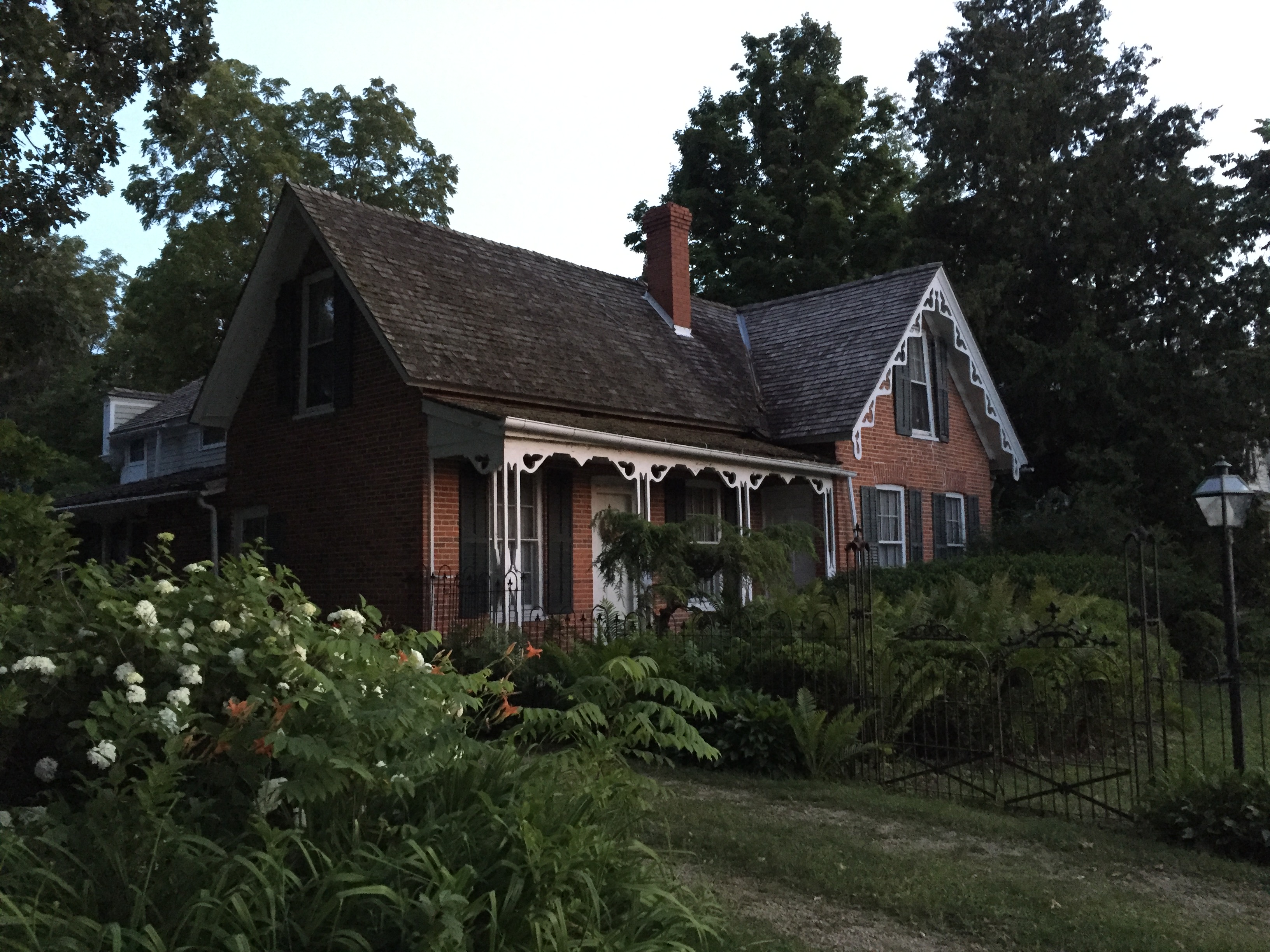
The historic village of Cooksville in the Town of Porter, northwestern Rock county, has been recognized since the early twentieth century as a unique community in Wisconsin. This small, well-preserved “Yankee village” was established in the early 1840s along the Badfish Creek on the frontier of Wisconsin territory. Due to preservation-minded residents in the twentieth century and the fact that the community stopped expanding and “modernizing” when the railroad bypassed the village in the mid-nineteenth century, Cooksville and the surrounding area have retained much of their history, architecture, and rural character.
The village has long been celebrated for its historical character and charm. Called the “village that time forgot,” “a wee bit of New England in Wisconsin,” “a quaint and charming Yankee village,” and “a step back in time,” the village of Cooksville and the surrounding rural community continue to attract attention from lovers of history and architecture.
Indeed, Cooksville is considered the best-preserved example of a prestatehood rural village in Wisconsin, and it has gained a reputation as a small community determined to protect its special rural and historical character. It is one of the last of the early nineteenth-century Yankee villages in Wisconsin to retain its original appearance and setting. The officially designated historic district (see below) contains about forty historic buildings and sites, including the public square, a general store, two churches, a schoolhouse, and many mid-nineteenth-century houses.
As Wisconsin’s premier architectural historian, Richard Perrin, wrote in 1962: “Cooksville is the sort of unspoiled community that would lend itself admirably to a historic preservation project into which specimens from the surrounding area could be brought to join with the existing structures in an outstanding open-air museum.” Fortunately, Old World Wisconsin was eventually built elsewhere, and Cooksville remains a living and vibrant rural community.
Architecture

Cooksville and the surrounding area are distinguished by many fine nineteenth-century wood frame homes, barns, and public structures as well as handsome mid-nineteenth-century brick residences constructed of locally made vermilion-colored brick. Along with the houses, the general store (from the mid-1840s), school house (1886), Congregational church (1879), and Lutheran church (1897) have been preserved. One stone Federal-style farmhouse, an early grout house, and other historic residences and barns also remain on the nearby rural landscape.

The houses represent a few mid-nineteenth building styles, including Gothic and Greek Revival, as well as a few local vernacular structures. The town also boasted a flour mill and opera house, both of which burned down (in 1905 and 1893, respectively). The stagecoach inn was demolished about 1915 and other early industrial structures such as the cheese factory, shutter-and-door factory, and brickyards were adapted to new uses or demolished.
National Register of Historic Places
In 1973, the Cooksville Historic District was entered into the National Register of Historic Places. The register is a national list of buildings, districts, structures, objects with historical significance. As stated on the original application, our village is significant:
for its architecture, mostly for the vermilion brick houses built there in the 1840’s and 1850’s and today still well preserved and inhabited by people who are interested in keeping the community looking much as it did more than a century ago. . . . the district is significant because the community was platted with a public square which was donated by Isaac Porter, one of the community’s founders, with the stipulation that it be used forever as such. Cooksville amounts to a transplant in Wisconsin of a typical New England village of earlier vintage and uncommon in this state. The square has always been used as a common and in general the little community has remained unspoiled, little changed, and has retained a unique charm and attractiveness difficult to be found elsewhere in Wisconsin.
Read more and see the original application in the National Register catalog.